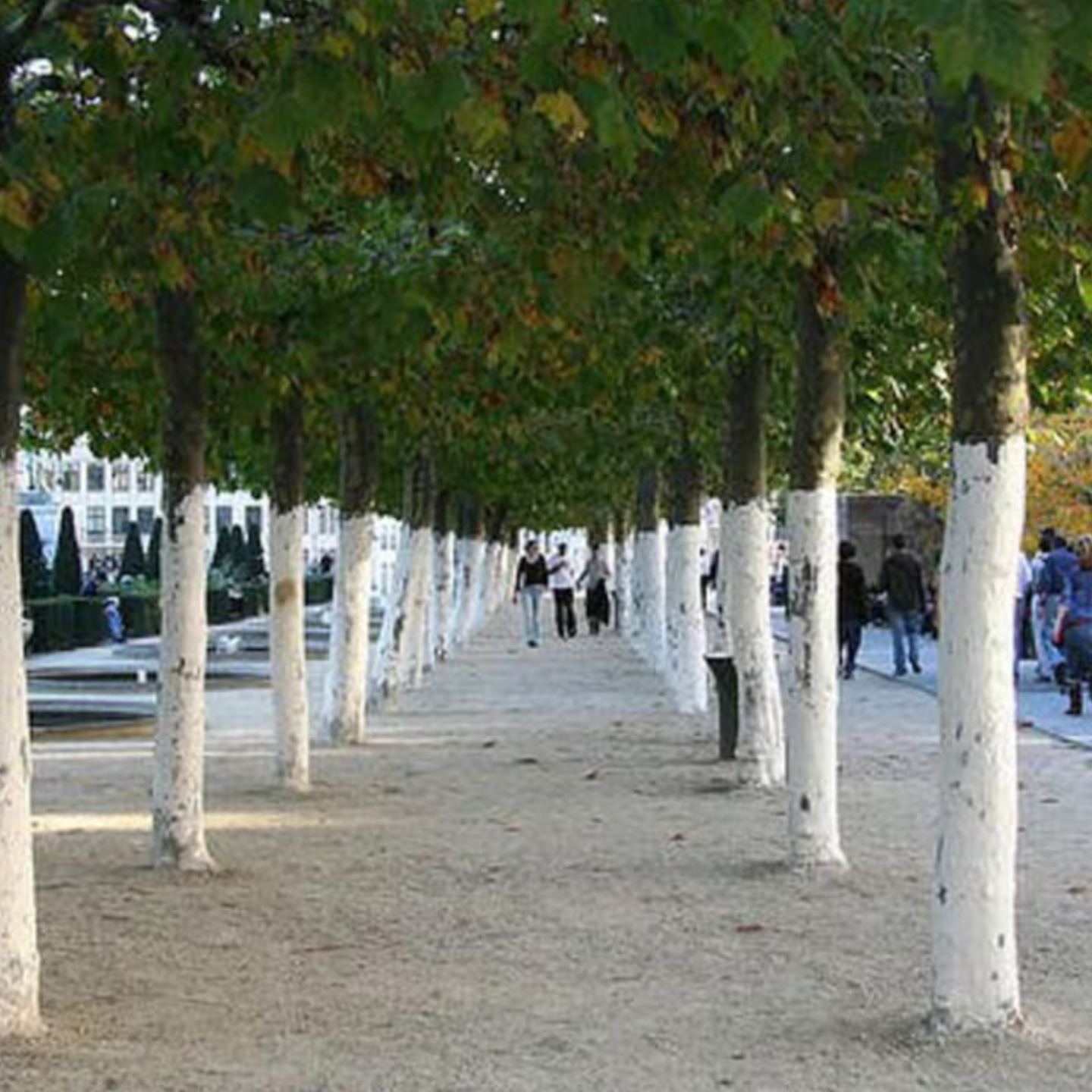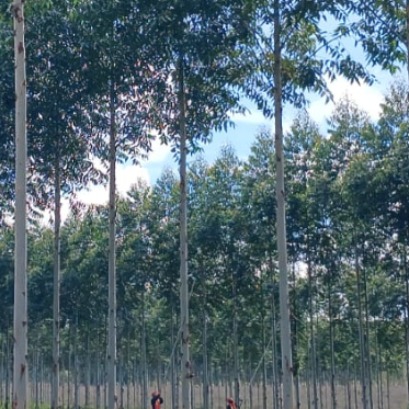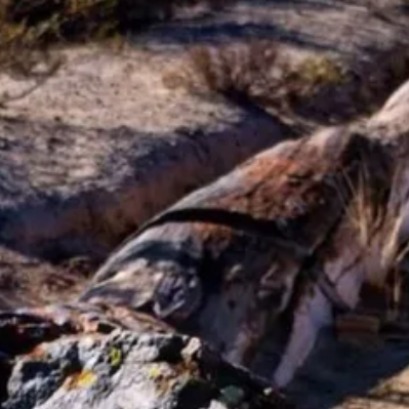
Why are the trunks of some trees white
White or wrapped painted of tree trunks is a common practice that goes beyond aesthetics. In various places, streets and even rural areas, this technique that has specific purposes for their protection, especially those youngest or vulnerable can be observed.
One of the main benefits of this technique is protection against solar radiation. Young trees with thinner cortes are especially susceptible to solar burns, which can weaken their structure and generate damage to new outbreaks. When applying a layer of lime in the trunks, direct exposure to the sun is reduced since a physical barrier is created that protects the cortex. In areas with extreme climates, the white painted helps protect trees from both excessive heat in Summer as frost in winter. The Cal applied in the trunks acts as an insulator, regulating the temperature of the cortex and minimizing the damage that may occur during the most extreme stations. The enchanted also contributes to the maintenance of the pH in alkaline soils. When gradually washed by irrigation or rain, lime is modifying the pH of the ground around the tree trunk, which can improve the conditions for its growth. This is important in agricultural areas where fruit trees, such as cherry trees, apple trees, require specific soil conditions to properly develop. Despite their multiple benefits, the dwelling also their detractors. Some experts argue that the cals applied in the trunks can hinder the breathing of the tree, since, in addition to using the leaves and branches, the trunk also participates in the gas exchange. In some cases, it can also hide the presence of pests or diseases, such as fungi, whose color can be confused with that of lime.
IT MAY INTEREST YOU
 The second largest wetland in South America is located in Argentina: what is it?
The second largest wetland in South America is located in Argentina: what is it?
Argentina has national parks that place it in a unique position within South America, competing with 300 others. Which is the largest? South America is home to more than 300 national parks, but many go unnoticed. There are extensive wetlands that have been the subject of major ecological restoration projects, to coastal mountains with deep indigenous heritage. Today we tell you the case of one located in Argentina.
 Paraguay | The plantations became instruments of territorial development and the generation of decent employment, INFONA highlights.
Paraguay | The plantations became instruments of territorial development and the generation of decent employment, INFONA highlights.
Plantings in different phases, control of ants and weeds, pruning and thinning, mechanized harvest, technology applied to the field and complete integration of the production cycle were part of the CREA Forestal proposal in its Technical Update Conference – JAT Forestal 2025. The event took place on Friday, November 14, at Estancia Ñemity, located in San Juan Nepomuceno, Caazapá, where agricultural producers, technicians, contractors, students and companies in the sector met to observe the forestry business of the future in action.
 The forest of the oldest shadows: the story of the petrified trees
The forest of the oldest shadows: the story of the petrified trees
One of the natural treasures of Río Negro turns 23 years old under the protection law that allows its conservation. Where it is and how it was formed. Río Negro celebrates 23 years of conservation in the petrified forest as a Protected Natural Area (ANP). It is a space of 625 hectares that protects an exceptional site of fossil trunks that date back more than 60 million years.





















